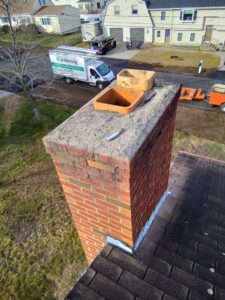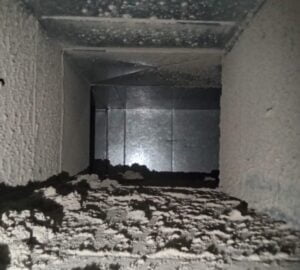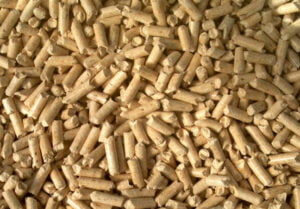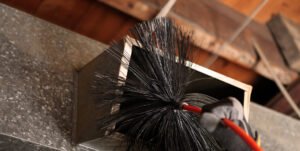Introduction
Using a wood stove is an efficient and cozy way to heat your home during the colder months. However, knowing how to light and maintain a wood stove fire properly is essential for safety, efficiency, and longevity of your stove. Whether you are new to wood stove heating or want to improve your technique, this guide will help you get the most out of your stove.
Choosing the Right Firewood
The foundation of a great wood stove fire starts with the right fuel. The best firewood choices include hardwoods like oak, maple, and hickory, as they burn longer and produce more heat. Avoid softwoods like pine, as they burn quickly and can contribute to creosote buildup in your chimney.
- Use seasoned wood – Firewood should be dried for at least 6-12 months.
- Check moisture content – Ideal firewood should have a moisture content of 15-20%. Using a moisture meter can help ensure you are burning dry wood.
- Avoid burning treated wood – Painted or pressure-treated wood releases harmful chemicals when burned.
How to Light a Wood Stove Fire
A properly lit fire produces less smoke and burns more efficiently. Follow these steps to light your wood stove effectively:
- Prepare the stove – Open the air vents to maximize airflow and ensure your chimney damper is open.
- Use the top-down method – Place larger logs at the bottom, medium-sized logs in the middle, and kindling on top.
- Add a fire starter – Use natural fire starters like crumpled newspaper or dry twigs. Avoid chemical fire starters, as they can create excess smoke and odors.
- Light the fire – Ignite the kindling at the top using a long match or lighter. This method allows the fire to burn downward, reducing smoke and increasing efficiency.
- Monitor the flame – Let the fire establish itself before adjusting the air vents.
Maintaining a Wood Stove Fire
Once the fire is burning, proper maintenance ensures a steady and safe heat output. Follow these tips to maintain your wood stove fire effectively:
- Regulate airflow – Adjust the stove’s air vents to control the burn rate. More airflow increases combustion and heat output, while less airflow slows the burn for a longer-lasting fire.
- Add wood strategically – Add logs gradually rather than overloading the stove. This helps maintain a steady temperature and prevents excessive smoke.
- Remove excess ash – Ash buildup can reduce airflow and efficiency. Keep about an inch of ash in the stove to insulate and maintain heat, but regularly remove excess.
- Check the chimney – Creosote buildup in the chimney can be a fire hazard. Have your chimney inspected and cleaned at least once a year.
Safety Tips for Wood Stove Use
A wood stove provides excellent heat, but safety is a priority. Keep these precautions in mind:
- Install carbon monoxide and smoke detectors – Regularly check their batteries.
- Keep flammable items away – Maintain a safe distance between the stove and combustible materials like curtains or furniture.
- Use a fireproof mat – Place a non-combustible surface under and around the stove to catch sparks.
- Never leave the fire unattended – Always ensure the fire is fully contained before going to bed or leaving home.
Conclusion
Learning how to light and maintain a wood stove fire correctly enhances efficiency, prolongs the life of your stove, and keeps your home warm and safe. By choosing the right firewood, lighting the fire properly, and following maintenance tips, you’ll enjoy a reliable and cozy heat source all winter long.
For more home heating tips and professional air duct cleaning services, contact Armstrong Duct & Vent today.
📍 Armstrong Duct & Vent – 531 Front Street, Manchester, NH
📞 Call us: 603-627-7016
📩 Get in touch: Contact Us











